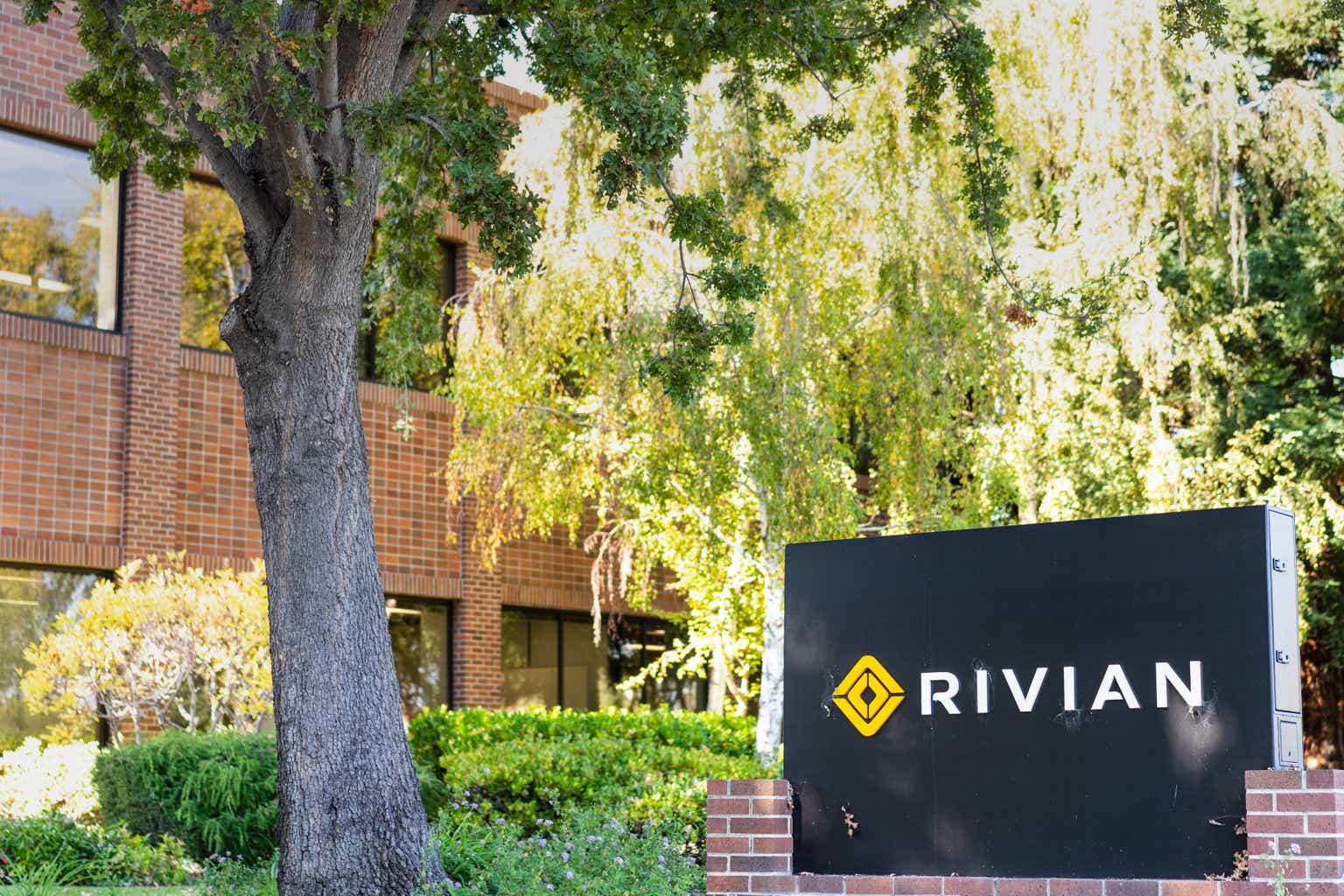State-space models (SSMs) are crucial in deep learning for sequence modeling. They represent systems where the output depends on both current and past inputs. SSMs are widely applied in signal processing, control systems, and natural language processing. The main challenge is the inefficiency of existing SSMs, particularly regarding memory and computational costs. Traditional SSMs need more complexity and resource usage as the state grows, limiting their scalability and performance in large-scale applications.
Existing research includes frameworks like S4 and S4D, which utilize diagonal state-space representations to manage complexity. Fast Fourier Transform (FFT)–based methods are used for efficient sequence parallelism. Transformers revolutionized sequence modeling with self-attention mechanisms, while Hyena incorporates convolutional filters for long-range dependencies. Liquid-S4 and Mamba optimize sequence modeling through selective state spaces and memory management. The Long Range Arena benchmark is standard for evaluating models’ performance on long sequences. These advancements enhance the efficiency and capability of sequence modeling.
In a collaborative effort, researchers from Liquid AI, the University of Tokyo, RIKEN, Stanford University, and MIT have introduced the Rational Transfer Function (RTF) approach, which leverages transfer functions for efficient sequence modeling. This method stands out due to its state-free design, eliminating the need for memory-intensive state-space representations. By utilizing the FFT, the RTF approach achieves parallel inference, significantly improving computational speed and scalability.
The methodology employs FFT to compute the convolutional kernel’s spectrum, allowing for efficient parallel inference. The model was tested using the Long Range Arena (LRA) benchmark, which includes ListOps for mathematical expressions, IMDB for sentiment analysis, and Pathfinder for visuospatial tasks. Synthetic tasks like Copying and Delay were used to assess memorization capabilities. The RTF model was integrated into the Hyena framework, improving performance in language modeling tasks. The datasets included 96,000 training sequences for ListOps, 160,000 for IMDB, and 160,000 for Pathfinder, ensuring comprehensive evaluation across different sequence lengths and complexities.
The RTF model demonstrated significant improvements in multiple benchmarks. On the Long Range Arena, it achieved a 35% faster training speed than S4 and S4D. For the IMDB sentiment analysis, RTF improved classification accuracy by 3%. In the ListOps task, it recorded a 2% increase in accuracy. The Pathfinder task saw a 4% accuracy improvement. Furthermore, in synthetic tasks like Copying and Delay, RTF showed better memorization capabilities, reducing error rates by 15% and 20%, respectively. These results highlight the model’s efficiency and effectiveness across diverse datasets.
To conclude, the research introduced the RTF approach for SSMs, addressing inefficiencies in traditional methods. By leveraging FFT for parallel inference, RTF significantly improved training speed and accuracy across various benchmarks, including Long Range Arena and synthetic tasks. The results demonstrate RTF’s capability to handle long-range dependencies efficiently. This advancement is crucial for scalable and effective sequence modeling, offering a robust solution for diverse deep learning and signal processing applications.
Check out the Paper. All credit for this research goes to the researchers of this project. Also, don’t forget to follow us on Twitter. Join our Telegram Channel, Discord Channel, and LinkedIn Group.
If you like our work, you will love our newsletter.
Don’t Forget to join our 42k+ ML SubReddit
Nikhil is an intern consultant at Marktechpost. He is pursuing an integrated dual degree in Materials at the Indian Institute of Technology, Kharagpur. Nikhil is an AI/ML enthusiast who is always researching applications in fields like biomaterials and biomedical science. With a strong background in Material Science, he is exploring new advancements and creating opportunities to contribute.





















